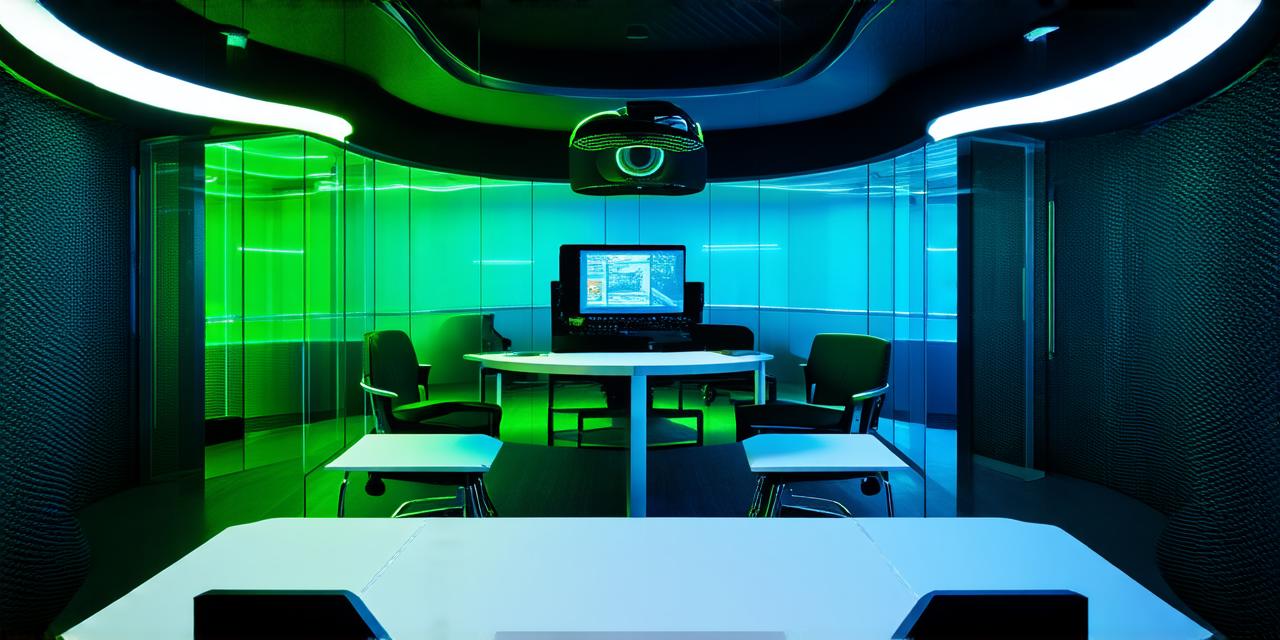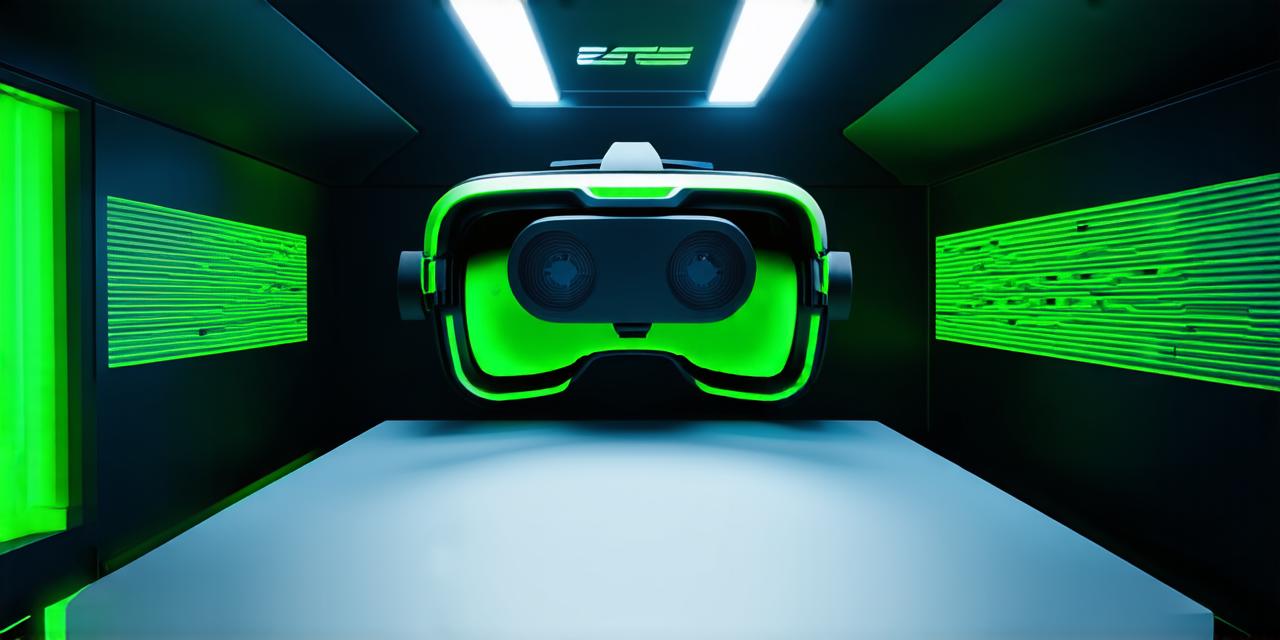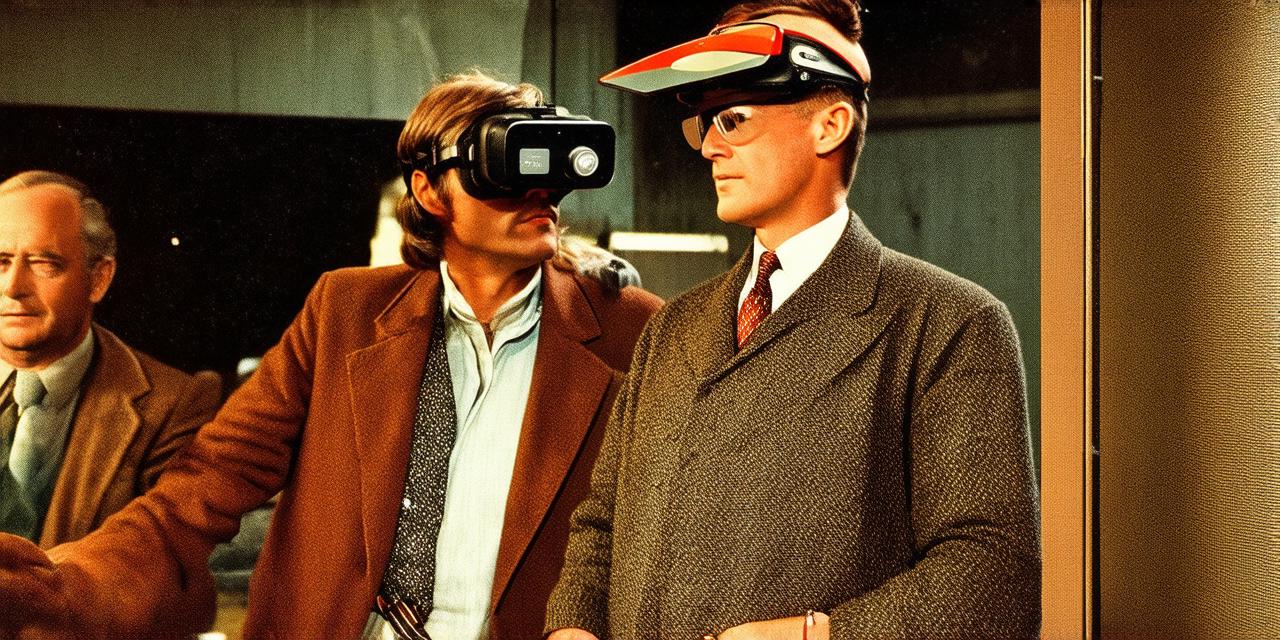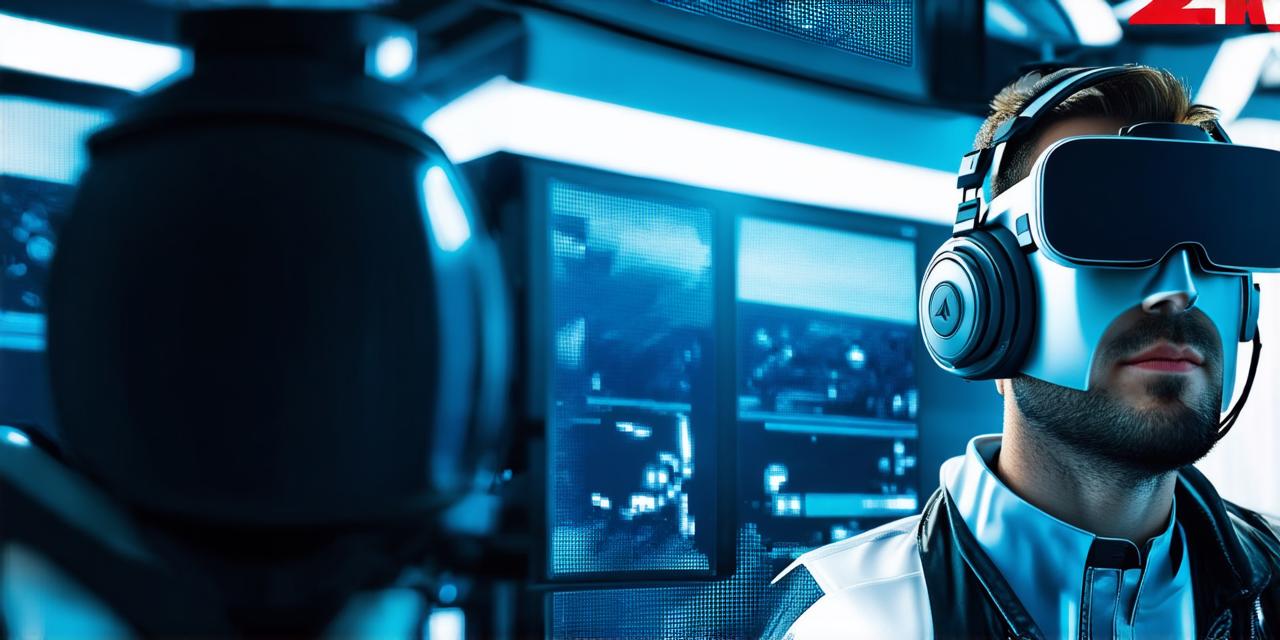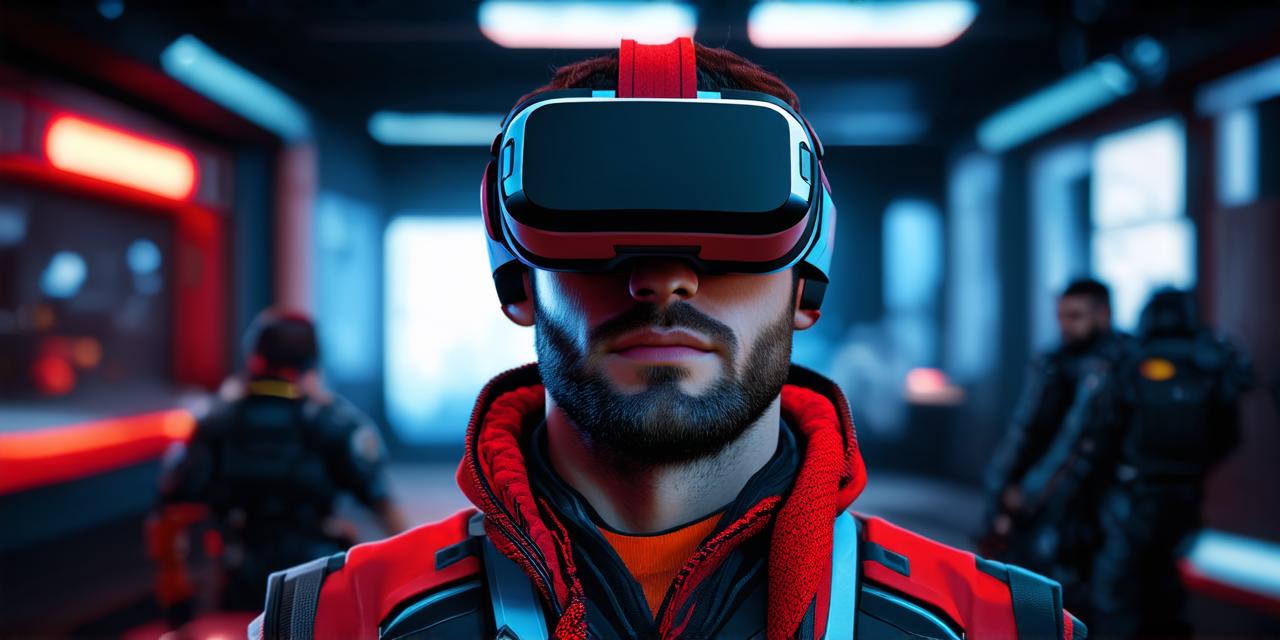Virtual reality (VR) and augmented reality (AR) are two of the most exciting fields in technology. While VR creates fully immersive experiences, AR overlays digital content onto the real world. Both have huge potential applications across a range of sectors, from gaming to medicine and beyond. In this article, we’ll explore what it means to be a virtual reality developer and what you can expect from this exciting career.
What is a Virtual Reality Developer?
At its core, VR development involves creating interactive experiences for users in a virtual environment. This might involve designing and building environments, creating characters and objects, or programming the interactions between them. It’s a highly creative and technical field that requires a combination of skills and knowledge.
What do Virtual Reality Developers do?
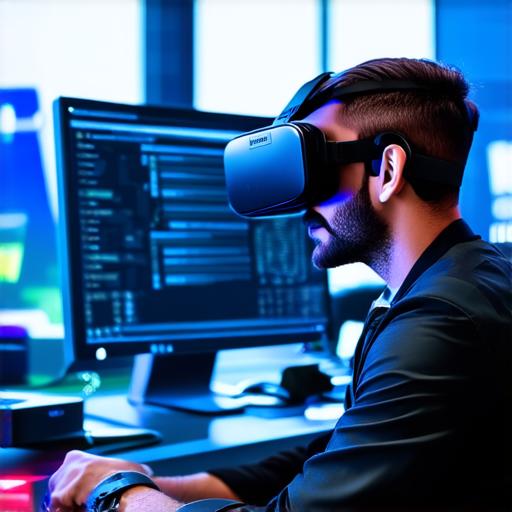
Virtual reality developers typically work on the following tasks:
- Designing and creating virtual environments
- Creating 3D models, textures, and lighting effects for these environments
- Programming interactions between objects in the environment, including user controls and AI behavior
- Optimizing performance to ensure smooth gameplay or interactive experiences
- Collaborating with other members of a development team, such as artists, designers, and producers
Virtual Reality Development Tools and Technologies:
The tools and technologies used in VR development are constantly evolving. Some of the most popular include:
- Unity: A cross-platform game engine that supports both VR and AR development
- Unreal Engine: Another powerful game engine with a focus on realism and performance
- A-Frame: An open-source framework for building VR experiences using HTML and JavaScript
- Oculus SDK: A set of tools and libraries for developing games and applications specifically for the Oculus Rift
- HTC Vive SDK: Similar to the Oculus SDK, this toolset is designed for the HTC Vive.
Virtual Reality Development Workflow:
The workflow for virtual reality development can vary depending on the project and team size. However, there are some key steps that most developers follow:
- Conceptualization: This involves brainstorming ideas, creating a rough prototype, and outlining the technical requirements of the project.
- Environment Design: This stage involves creating the 3D environment, including terrain, buildings, and other objects.
- Asset Creation: This includes creating 3D models, textures, and lighting effects for the environment and its objects.
- Programming: This involves writing code to control the interactions between objects in the environment and create user controls.
- Testing and Optimization: This stage involves testing the experience for bugs and performance issues, making adjustments as needed.
- Deployment: Once the experience is complete, it’s deployed on the target platform (e.g., Oculus Rift or HTC Vive) for users to enjoy.
Real-Life Examples of Virtual Reality Developers:
There are many examples of virtual reality developers working in a variety of fields. Here are a few real-life examples:
- Oculus: Founded in 2012, Oculus is one of the largest and most successful VR companies. Their team of developers includes experts in everything from software engineering to 3D art.
- Valve: The creators of Half-Life and Portal, Valve is another well-known VR developer. They have a team of over 1,000 people, including designers, programmers, and artists.
- Samsung Gear VR: Samsung’s virtual reality platform is powered by their own custom software development kit (SDK) and includes a range of tools for creating games and applications.
- Epic Games: The creators of Fortnite, Epic Games has a team of developers focused specifically on virtual reality experiences. They have worked with major brands like McDonald’s to create VR experiences for customers.
- Google Daydream: Google’s virtual reality platform is built on the Android ecosystem and includes a range of tools for creating games and applications.
Conclusion:
Virtual reality development is an exciting field with limitless potential. Whether you’re a seasoned game developer or just starting out, there are plenty of opportunities to learn and grow in this industry. With the right skills and knowledge, you can create immersive experiences that transport users to new worlds and change the way they interact with technology.
